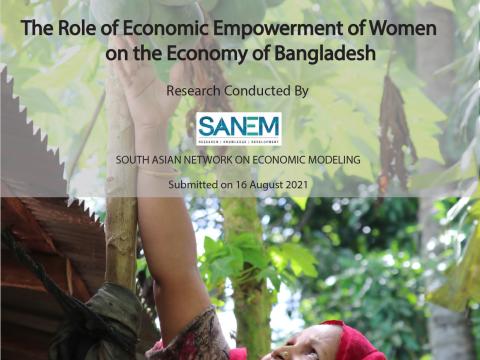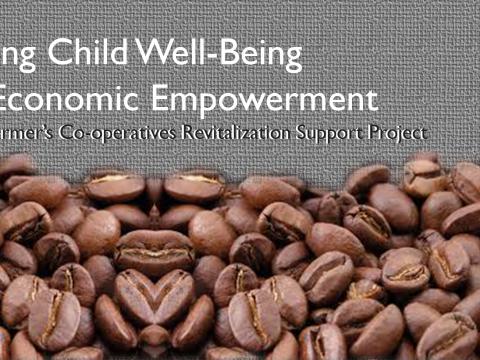The Role of Economic Empowerment of Women on the Economy of Bangladesh
Download
Over the last one decade, the economy of Bangladesh has made a remarkable stride on different socio-economic indicators such as economic growth, poverty reduction, school enrolment, and neonatal and maternal health. However, women’s participation in the economy as measured by the percentage of females in the labour force has been stagnant at around 35 percent since 2010. Moreover, women’s practice of rights and participation in household decision-making has always remained a grey area, often less emphasised in policy frameworks. The issue of female empowerment is more pertinent for two reasons. First, as Bangladesh is passing through a demographic transition, the window of the demographic dividend would cease after 2029, meaning the dependency ratio in the country would increase afterwards. If women are left behind, that would adversely affect transgenerational income, equality, and economic growth. Secondly and more importantly, women’s economic empowerment is an effective tool for ensuring gender equity and obtaining multiple SDGs.
Against this backdrop, the necessity for revamped engagements of government, non-governmental organisations, and donors with clear mandates of women's economic empowerment could not be overstated. SANEM, in collaboration with World Vision Bangladesh (WVB), undertook a project to: i) understand the way women’s economic empowerment contributes to the economy, ii) assess the extent of some WVB interventions in enhancing women's economic empowerment, and iii) identify a set of targeted policy frameworks for women's economic empowerment in Bangladesh.
Three WVB programmes selected for this study include Ultra-poor Graduation Programme, Nobojatra – New Beginning, and Nutritional Sensitive Value Chains (NSVC) for Smallholder Farmers.
The study examines the linkages from both micro and macro points of view and utilises quantitative and qualitative research tools. In pursuit of the research objectives, the study uses available secondary data, a systematic literature review, ten key informant interviews with relevant stakeholders, two focused group discussions with the programme beneficiaries, and a field survey covering 650 beneficiary households
and 200 non-beneficiary households.
